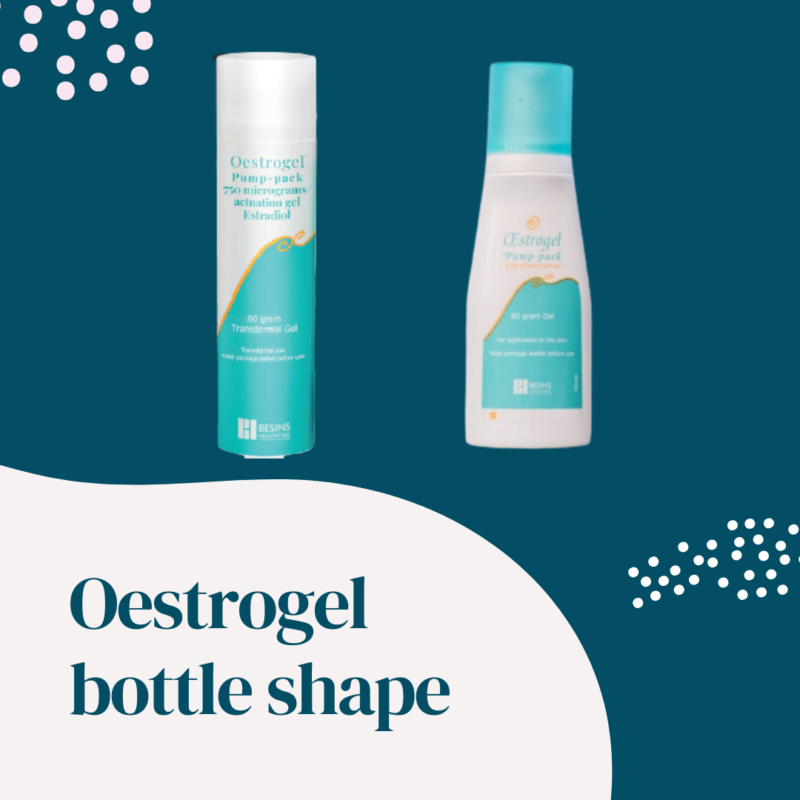Oestrogen-only patches: what is Estraderm and how do I use it?
Estraderm is a type of hormone replacement therapy (HRT) that is delivered through the skin via a sticky patch that’s a bit like a clear plaster. These patches contain the hormone oestradiol, which is identical to the oestrogen made naturally in the ovaries.
How does Estraderm work?
Estraderm works by replacing the oestrogen that’s lost during the perimenopause and menopause. It’s a type of systemic HRT, which means oestrogen is released directly into the bloodstream where it can travel through the entire body. As a result it can relieve a wide range of symptoms, including hot flushes, night sweats, poor sleep, brain fog, vaginal dryness, depression, anxiety and mood swings.
When and how do I use Estraderm?
You should apply an Estraderm patch to clean, dry skin. Provided that you apply it below the waist, you can choose to stick it to your tummy, hip, bottom or thigh. It’s a good idea to experiment to find where it sticks best – and you may want to vary the location to reduce the risk of skin irritation. Each patch contains enough oestradiol for three or four days, so it should be changed twice per week on the same days, and at roughly the same time of day.
If you still have your womb, you’ll also need to take a form of progesterone or progestogen, which is usually given as a tablet or via the Mirena coil. This is because taking oestrogen can thicken the cells in the lining of the womb, and there’s a small risk of these cells turning cancerous. Taking progesterone or progestogen protects the lining of your womb.
What doses does Estraderm come in?
Estraderm is available in four strengths: 25mcg, 50mcg, 75mcg and 100mcg. Most people begin on the 50mcg dose, but your doctor may recommend increasing this if your symptoms don’t improve after the first three months.
What are the benefits?
Patches like Estraderm can be a convenient way to take HRT as they’re not messy to use and don’t need to be applied every day. This is particularly beneficial if you take a higher dose, as it means you won’t have to apply several pumps of gel – or wait for it to dry before you get dressed. As well as relieving unpleasant menopausal symptoms, HRT can also reduce your future risk of osteoporosis, as well as your risk of developing cardiovascular disease.
Who is Estraderm suitable for?
For most people, the benefits of HRT outweigh any risks. As the oestrogen is absorbed through your skin there’s no increased risk of blood clot or stroke, and it can also be used if you have migraines.
Can I expect any side effects?
It can take a few months for your body to adjust to taking HRT, so you may notice some mild side effects. The most common are breast discomfort, leg cramps and breakthrough bleeding or spotting. Side effects usually settle over time, but talk to your doctor if they persist for longer than the first six months. Patches often leave some sticky marks on the skin, but these can be removed with baby oil and a dry flannel.
RELATED: how to apply HRT patches
Resources



![The truth about the menopause [Subtitled Video]](https://balance-menopause.com/uploads/2021/10/Mask-Group-17-1-800x800.jpg)